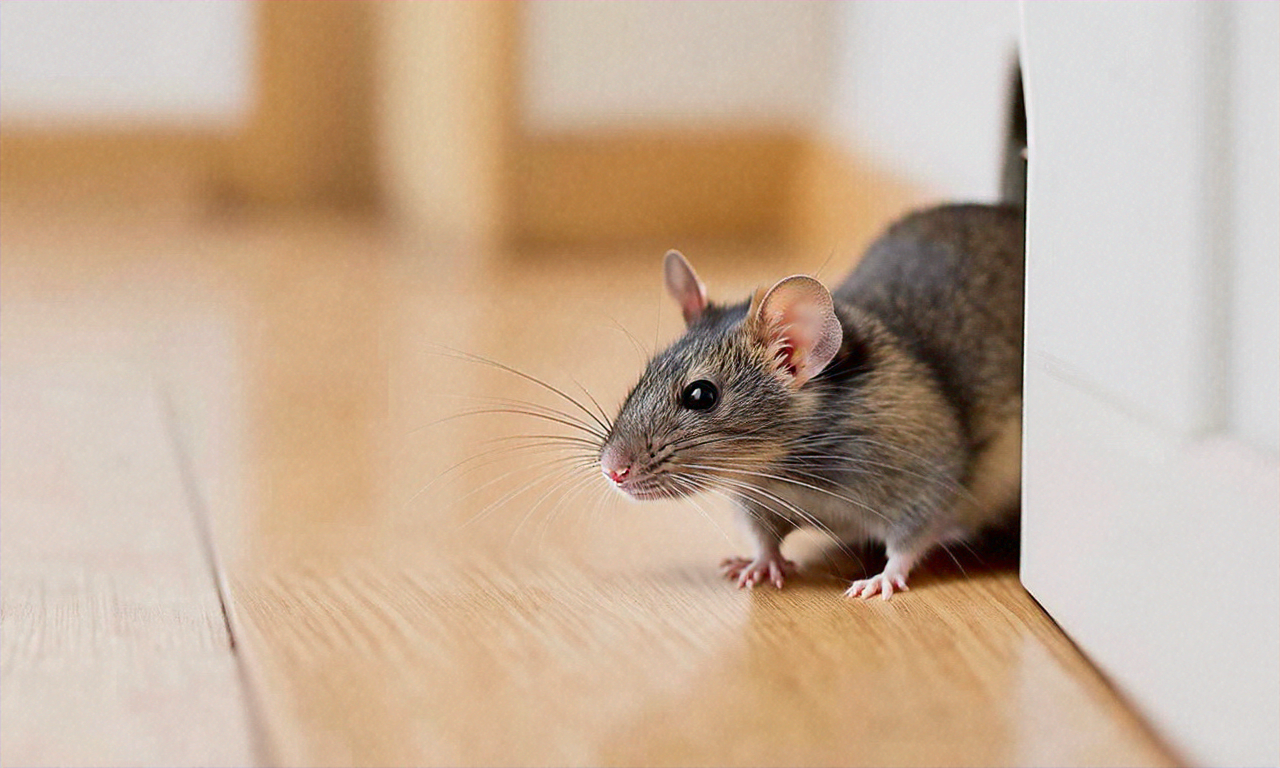Safeguard Your Home: Master the Art of Pest Management
Discover the secrets to creating a pest-free sanctuary in your home. From identifying common invaders to implementing eco-friendly solutions, this comprehensive guide equips you with expert strategies to protect your living space. Learn how to spot early warning signs, prevent infestations, and determine when to call in the professionals. Empower yourself with knowledge to maintain a healthy, comfortable environment for you and your loved ones.

Unwelcome Guests: Identifying Common Household Pests
Before diving into prevention and control methods, it’s crucial to familiarize yourself with the most frequent intruders you might encounter:
-
Ants: These tiny invaders often seek food and moisture, forming trails that can lead straight into your kitchen.
-
Cockroaches: Resilient and quick to multiply, these pests are known for spreading bacteria and triggering allergies in some individuals.
-
Rodents: Mice and rats pose dual threats – causing property damage while also introducing health risks through their droppings and urine.
-
Termites: Silent destroyers, these wood-eating insects can compromise your home’s structural integrity over time.
-
Bed bugs: These nocturnal nuisances infest soft furnishings, causing itchy bites and disrupting sleep.
-
Spiders: While most are harmless, certain species can be venomous, making identification crucial.
Understanding the types of pests common in your area is the foundation for developing an effective home protection strategy.
Fortifying Your Fortress: Proactive Pest Prevention
The best defense against pests is a good offense. Implement these preventive measures to significantly reduce the risk of infestations:
-
Seal the Perimeter: Conduct a thorough inspection of your home’s exterior, identifying and sealing any potential entry points with appropriate materials.
-
Maintain Impeccable Hygiene: Regular cleaning, especially in food preparation and dining areas, eliminates attractive food sources for pests.
-
Smart Storage Solutions: Keep food in airtight containers and avoid leaving pet food out overnight to minimize temptation.
-
Moisture Management: Address leaky pipes, use dehumidifiers in damp areas, and ensure proper ventilation to create an inhospitable environment for moisture-loving pests.
-
Landscape Maintenance: Keep vegetation trimmed away from your home’s exterior, eliminate standing water, and store firewood at a distance from the house.
-
Vigilant Monitoring: Establish a routine for periodic inspections of both interior and exterior spaces to catch potential issues early.
By incorporating these preventive strategies into your home maintenance routine, you’ll create a formidable barrier against unwanted visitors.
Red Flags: Recognizing Signs of Infestation
Early detection is key to managing pest problems effectively. Be on the lookout for these telltale signs:
-
Visual Confirmation: Spotting live or dead pests is an obvious indicator of their presence.
-
Droppings and Stains: Look for small pellets or dark marks in corners, along baseboards, or inside cabinets.
-
Mysterious Sounds: Pay attention to scratching, scurrying, or gnawing noises, particularly at night.
-
Damage to Materials: Inspect for holes in wood, frayed fabrics, or chewed electrical wires.
-
Nest Discovery: Be alert for collections of shredded materials in hidden areas of your home.
-
Unusual Odors: Strong, musty smells or ammonia-like scents can indicate pest activity.
-
Unexplained Skin Reactions: Waking up with itchy bites may signal the presence of bed bugs or fleas.
If you notice any of these signs, it’s time to investigate further and take appropriate action.
When to Call in the Cavalry: Professional Pest Control
While many minor pest issues can be addressed with DIY methods, certain situations warrant professional intervention:
-
Persistent Problems: If your efforts to eliminate pests have been unsuccessful, it’s time for expert assistance.
-
Widespread Infestations: When pests have proliferated throughout your home, professional treatment becomes necessary.
-
High-Risk Pests: For infestations involving dangerous or structurally damaging pests like termites or venomous spiders, expert handling is crucial.
-
Preventive Maintenance: Regular professional inspections and treatments can provide long-term protection, especially in areas prone to certain types of infestations.
-
Legal Compliance: In some cases, such as rental properties or businesses, professional pest control may be legally required.
Professional services offer access to more effective tools, techniques, and treatments that can address pest problems comprehensively and safely.
Eco-Friendly Alternatives: Green Pest Control Options
For those seeking environmentally conscious solutions, consider these natural alternatives:
-
Essential Oil Repellents: Peppermint, citronella, and eucalyptus oils can deter certain pests without harsh chemicals.
-
Diatomaceous Earth: This natural substance effectively controls insects by causing dehydration upon contact.
-
Beneficial Insects: Introduce natural predators like ladybugs or praying mantises to help manage pest populations in gardens.
-
Neem Oil: This plant-based solution acts as a natural insecticide against various pests.
-
Biological Controls: Utilize bacteria or fungi that target specific pests for an environmentally friendly approach.
-
Physical Barriers: Install screens, seal entry points, and use traps to prevent pest intrusion without chemicals.
While these eco-friendly options can be effective for minor issues, severe infestations may require more intensive treatments. Consult with a pest control professional to determine the best approach for your specific situation.
In conclusion, mastering the art of pest management is essential for maintaining a healthy, comfortable home environment. By understanding common household pests, implementing preventive measures, recognizing infestation signs, and knowing when to seek professional help, you can effectively safeguard your living space. Whether you opt for traditional methods or eco-friendly alternatives, taking proactive steps against pests is a crucial aspect of responsible homeownership and family care.






